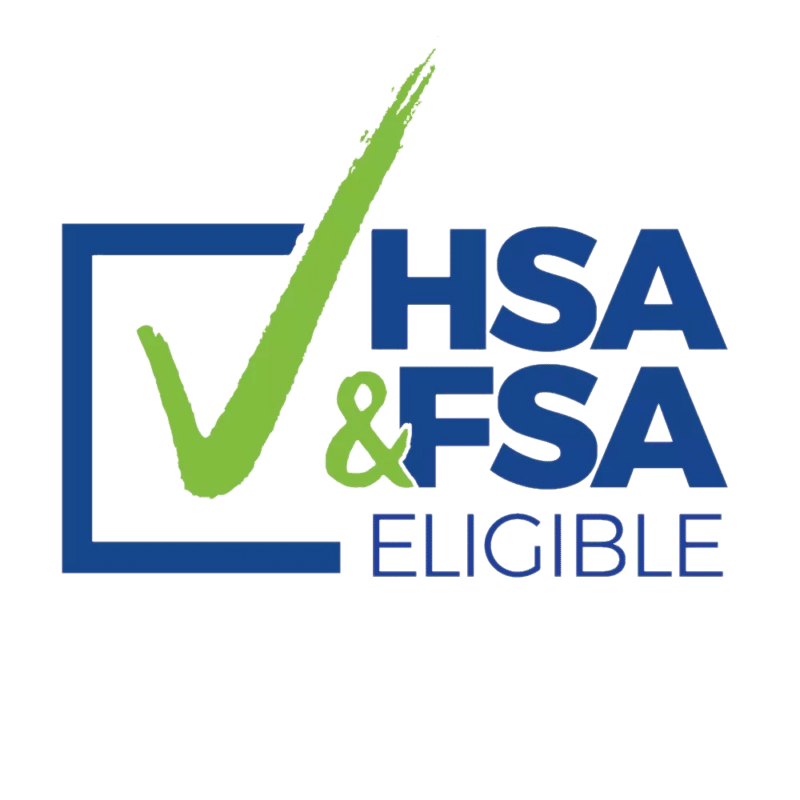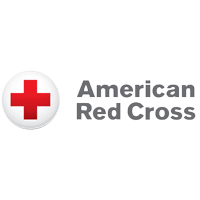No products in the cart.
Uncategorized
The Science Behind AEDs: How They Work and Why They’re Effective
Automated External Defibrillators (AEDs) have become a cornerstone of modern emergency medical care. Understanding how AEDs work and their vital role in emergency response underscores the importance of widespread AED deployment and public awareness. As technology continues to evolve, AEDs remain a crucial part of cardiac emergency management, bridging the gap between immediate response and professional medical care.
What Is an AED?
An automated external defibrillator (AED) is a lightweight, portable device that plays a critical role in saving lives during sudden cardiac arrest. Here’s how it works:
- Detecting Abnormal Rhythms: When someone experiences sudden cardiac arrest, their heart’s electrical activity becomes disrupted. This can lead to dangerously fast or irregular heart rhythms, such as ventricular tachycardia or ventricular fibrillation.
- Analyzing Heart Rhythm: The AED automatically analyzes the person’s heart rhythm through electrode pads placed on their chest. It determines whether an electric shock is needed to restore a normal heart rhythm.
- Delivering a Shock: If a shock is necessary, the AED provides step-by-step voice instructions to the user. It guides them on how to position the electrode pads and when to press the button to deliver the shock. The goal is to convert the abnormal rhythm back to a regular one—a process known as defibrillation.
- Time Sensitivity: Defibrillation is time-sensitive. For every minute that a victim remains in a life-threatening arrhythmia, the probability of survival decreases by 7% to 10%. Rapid intervention is crucial.
AEDs in Public Places
You’ll find AEDs in various public locations, including offices, schools, shopping malls, grocery stores, and airports. Emergency first-responders are typically equipped with and trained to use AEDs. These lightweight devices are available without a prescription, making them accessible to bystanders who can potentially save lives.
How to Use an AED
If you encounter someone who has collapsed and might need an AED:
- Assess the Situation: Check if the person is breathing and has a pulse. If not, call for emergency help (911 or local emergency services).
- Activate the AED: Turn on the AED. It will provide voice prompts to guide you.
- Apply Electrode Pads: Attach the sticky pads (electrodes) to the person’s bare chest. The AED will analyze their heart rhythm.
- Follow Voice Instructions: If a shock is needed, the AED will instruct you on when to press the button to deliver the shock.
Remember that AEDs are not difficult to use, but training is highly recommended. Learning how to recognize signs of sudden cardiac arrest, perform CPR, and use an AED can empower you to respond effectively in an emergency.
In summary, AEDs are lifesaving devices that bridge the gap between immediate response and professional medical care. Their widespread availability and proper usage can significantly improve survival rates during cardiac emergencies. Let’s continue to raise awareness about AEDs and their importance in saving lives!





